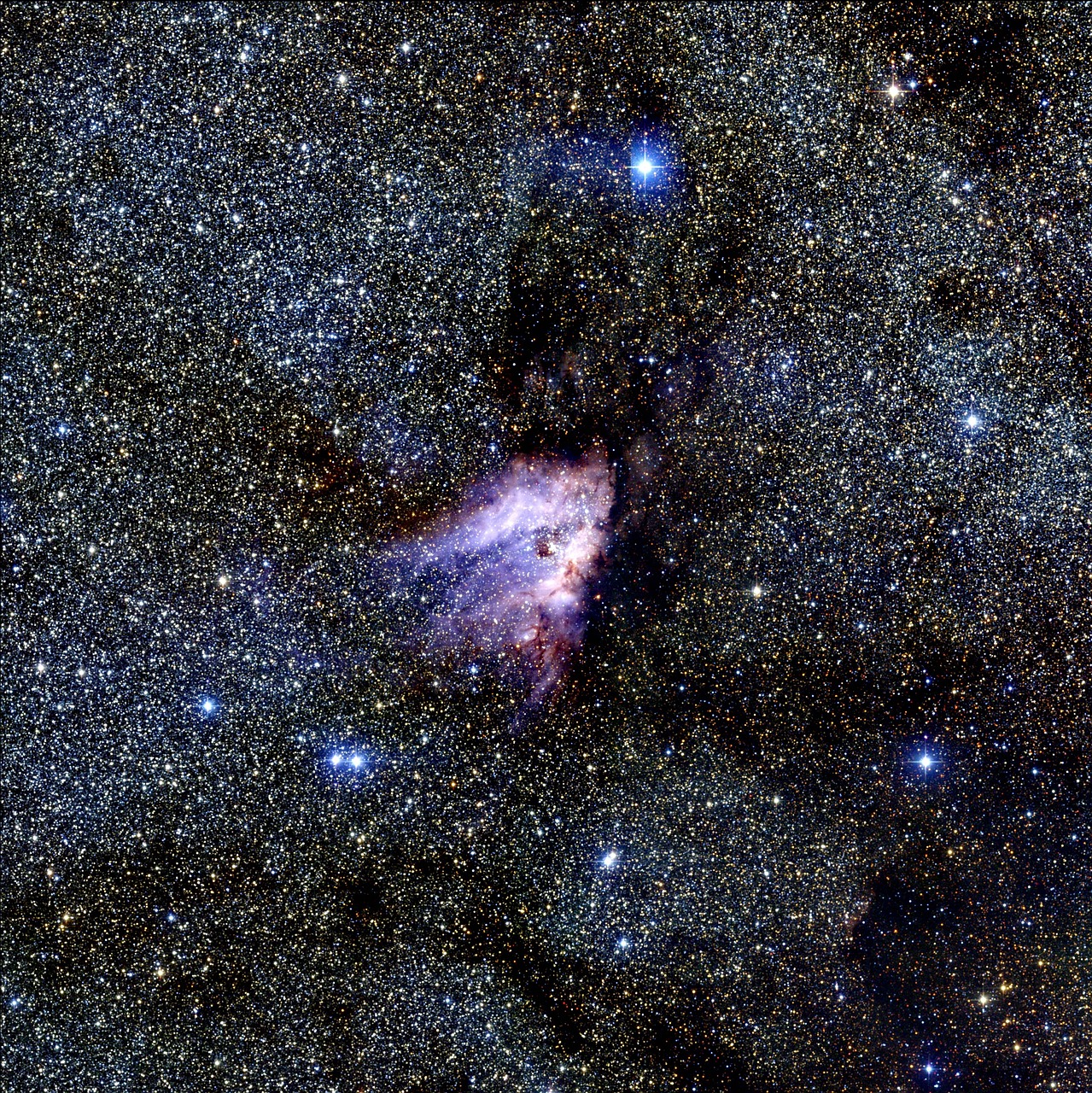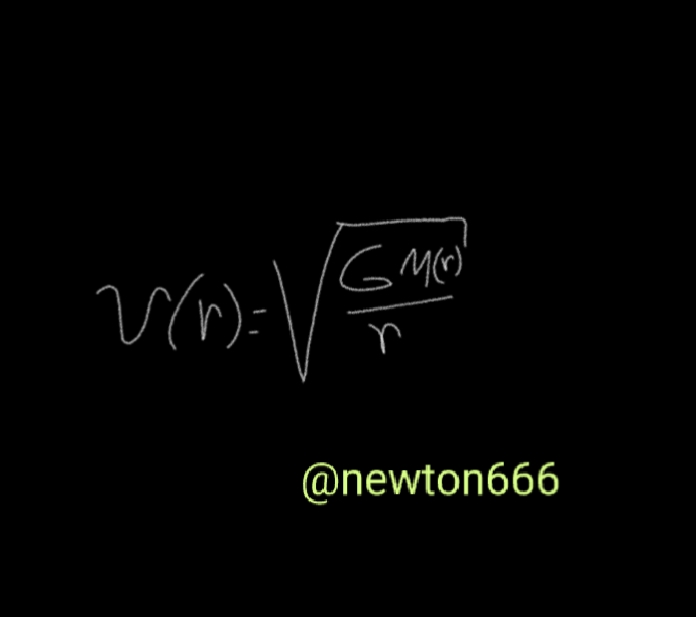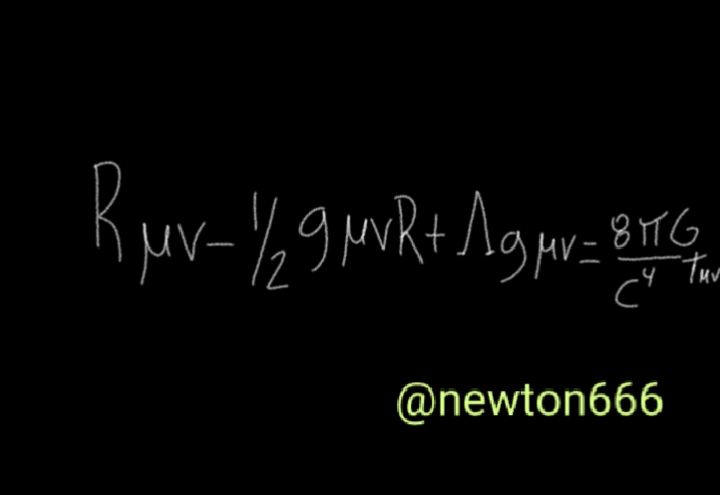The Mysteries of the Universe // Dark Matter and Dark Energy

Pixabay
Good friend readers who love science, as I always say, the unique thing about all this is that in the field of astrophysics, physics, visible matter persists, but what is dark matter, a large part of the universe is composed of invisible entities or dark matter or dark energy, while the first is manifested through gravitational influence and the second responds to the acceleration of the expansion itself of the universe as a general support. How one of the contributions of the experiment as Lux-Zeplin did in improving this context at the level of science.
Now getting into the subject, what I can say, whether from my perception or my perspective, extracting from all this context, is that dark matter is a form of hypothetical matter, which does not emit or interact with electromagnetic radiation, which makes it invisible to conventional telescopes. But it does refer to an initial proposal that can explain the discrepancy with this type of mass observed in the galaxy, since the speed and rotation of its stars provides another type of information and this contribution was made by the Swiss Frito Zwicky, detecting the galaxy in the form of a Coma Cluster with movement as a kind of invisible mass, at the same time generating gravity so that united matter is more intelligent.
What makes the characteristic and nature of dark matter singular is that despite its importance, the nature of dark matter remains unknown. It does not vary in many theories, and of course in different compositions, one of the most particular is the weakest interaction, according to the gravitational interaction through the weak nuclear force. Through many experiments, but it is always said that there are extremely light particles with minimal interaction and sterile neutrinos in a hypothetical version, where neutrinos could explain the excess of matter in the universe.
Well I was somewhat curious about how dark energy acts, it is a form of energy that acts opposite to gravity, causing accelerating expansion of the universe and its nature. It is still an enigma, but the most accepted explanation is that it is a cosmological constant, an inherent recursive force, which is made between space and time thanks to Einstein's contributions.
I end with the following within the same context, which I have shared with you on this subject, dark matter and its dark energy represent two major enigmas of modern physics, thanks to the contribution I previously mentioned, astronomical observation and scientists seek new ways, strategies and technology to seek new hope towards knowledge, understanding of reality - time and the theory of the structure of the evolution of the cosmos.
What is unique, my fellow readers, about the LUX-ZEPLIN (LZ) experiment is a dark matter detector located at the Sanford Underground Laboratory in South Dakota, USA.
LZ, created to identify extremely rare interactions between WIMPs and atomic nuclei, uses a reservoir of liquid xenon to document possible signs of these collisions. If a dark matter particle hits a xenon nucleus, a tiny flash of light would be generated that could be identified by highly sensitive sensors.
Dark Matter: Although its exact nature is not known, its gravitational influence can be described by Newton's Law of Universal Gravitation and Einstein's General Relativity. A commonly used equation to model the effects of dark matter on galaxy rotation is:

𝑣(𝑟)
v(r) is the rotation velocity at a distance
𝑟
r from the galactic center.
𝐺
G is the universal gravitational constant.
𝑀(𝑟)
M(r) is the total mass contained within the radius
𝑟
r, which includes visible matter and dark matter.
Dark Energy: It is usually modeled through the cosmological constant (Λ) in the Einstein field equation:

Where:
𝑅𝜇𝜈 is the Ricci curvature tensor.
𝑔𝜇𝜈 is the metric tensor of spacetime.
Λ represents dark energy as a cosmological constant.
𝑇𝜇𝜈 is the energy-momentum tensor of matter and radiation.
This experiment represents considerable progress compared to its predecessor, the LUX (Large Underground Xenon), since it has a larger volume and a greater ability to identify authentic background radiation signals. If LUX-ZEPLIN succeeds in identifying WIMPs, it would transform our understanding of the cosmos and could lead to new physics that goes beyond the Standard Model.
Bibliographic reference
What is the universe made of?: Dark matter and dark energy by Matos, Tonatiuh, 2021.
Dark Matter and Dark Energy by CAN BARTU H., 2024.
Cosmic tension: Dark energy and the evolution of the universe by Alejandro Gangui, 2021.
Thanks for your contribution to the STEMsocial community. Feel free to join us on discord to get to know the rest of us!
Please consider delegating to the @stemsocial account (85% of the curation rewards are returned).
Thanks for including @stemsocial as a beneficiary, which gives you stronger support.
Congratulations @newton666! You have completed the following achievement on the Hive blockchain And have been rewarded with New badge(s)
Your next target is to reach 140000 upvotes.
You can view your badges on your board and compare yourself to others in the Ranking
If you no longer want to receive notifications, reply to this comment with the word
STOPCheck out our last posts: